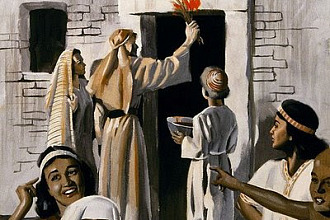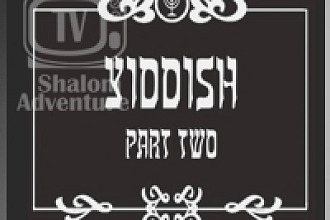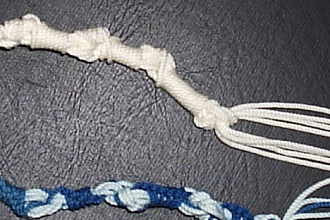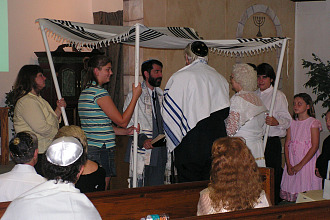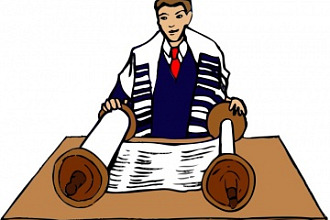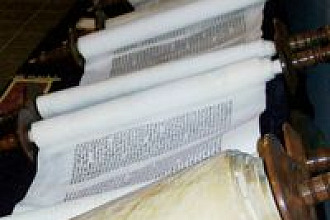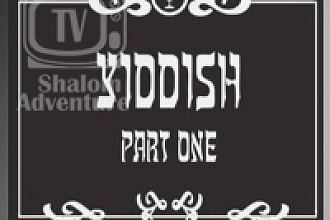The custom of reading from the Torah on Saturday mornings is so old that it is difficult to be certain when it first started.
Moses commanded that it should be read at the end of every seventh year. And Moses commanded them, saying, At the end of every seven years, in the time of the year of release, in the Feast of Booths, When all Israel has come to appear before the Lord your God in the place which he shall choose, you shall read this Torah before all Israel in their hearing.1. Ezra read a scroll containing Moses' teaching to the people in Jerusalem on the 1st of Tishri.2. But the Bible does not state that it was read regularly each Sabbath. But by 200 CE it was a well established custom 3. At a slightly earlier date (early 2nd Century CE) the practice is mentioned as old in the Christian New Testament. 4.
In Talmudic times the synagogues of Babylon and Palestine had different practices concerning the reading from the Scroll. In Palestine they read the complete scroll on a three-year cycle while in Babylon the complete scroll was read in one year. The Babylonian system has been widely accepted. But Benjamin of Tudela recorded that the three-year cycle was still used in one of the Cairo Synagogues in the 12th cent. CE.
The Bible says that they read in the book in the Torah of God clearly, and gave the interpretation, so that they understood the reading. 5. This led to the practice of having a translator (meturgaman) to explain the readings. The Targumim (Aramaic translations) were probably written for this purpose.
(1.) Deut. 31, 10-11. (2.) Nehemiah 8, 1ff. (3.) Megillah 3, 4f. (4.) Acts, 15, 21. (5.) Nehemiah 8, 8.
Originally found here







